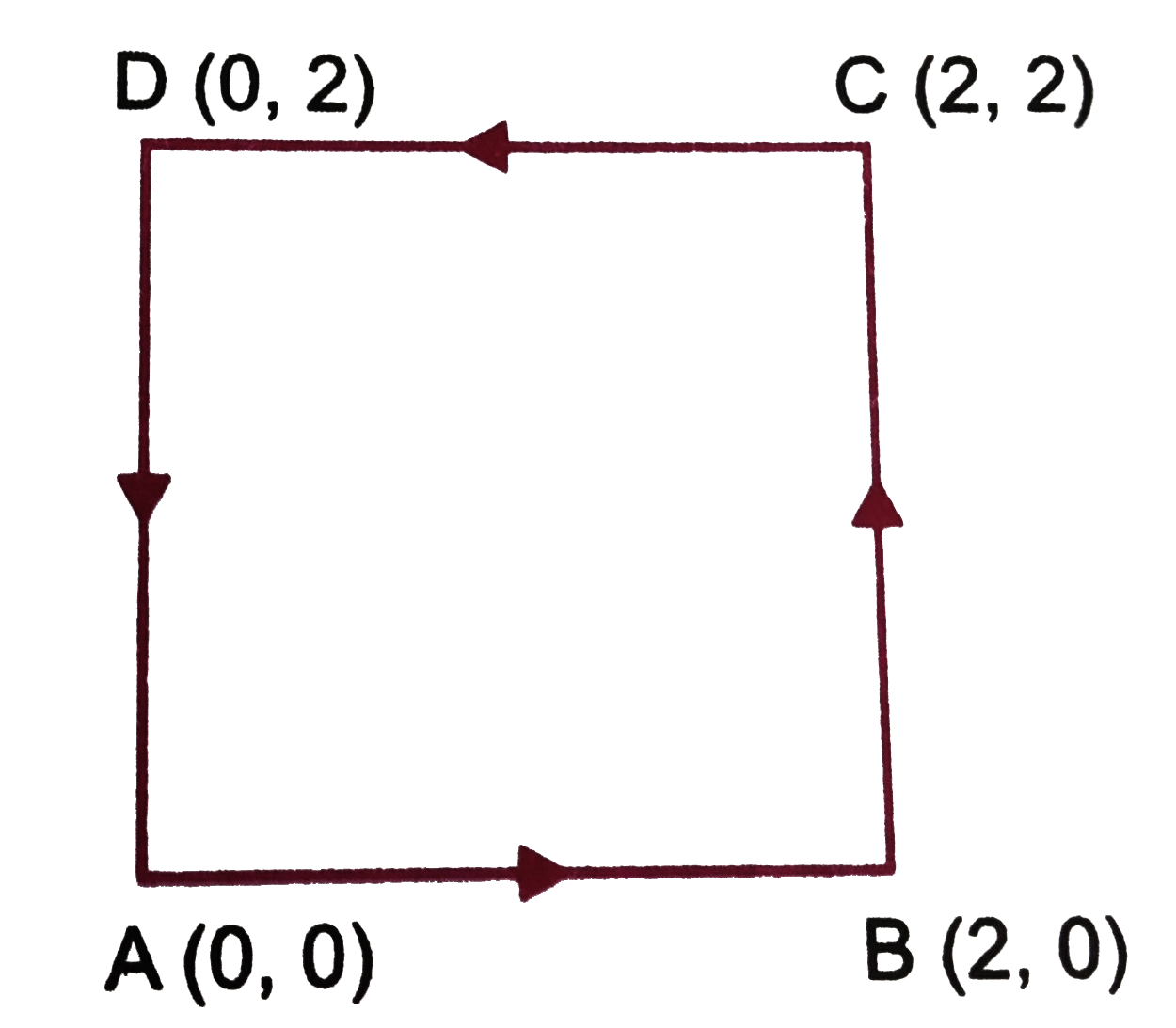Is friction a non-conservative force?
Step-by-Step Solution:
1. Understanding Forces:
- Forces can be classified into two categories: conservative forces and non-conservative forces.
- Conservative forces are those for which the work done is independent of the path taken between two points.
2. Definition of Non-Conservative Forces:
- Non-conservative forces are those whose work done depends on the path taken. This means that if you move an object from point A to point B along different paths, the work done by a non-conservative force will vary.
3. Friction as a Non-Conservative Force:
- Friction is a force that opposes the relative motion between two surfaces in contact.
- The work done by friction depends on the distance traveled and the path taken. For example, if an object is slid from point A to point B, the work done by friction will vary depending on whether the object is moved in a straight line or along a curved path.
4. Example of Work Done by Friction:
- If you slide an object from point A to point B:
- If you take a straight path, the work done by friction is W1.
- If you take a curved path, the work done by friction is W2.
- If you take another different path, the work done by friction is W3.
- Since W1, W2, and W3 are not equal, this demonstrates that the work done by friction is path-dependent.
5. Conclusion:
- Since the work done by friction changes with different paths, we conclude that friction is indeed a non-conservative force.
- Forces can be classified into two categories: conservative forces and non-conservative forces.
- Conservative forces are those for which the work done is independent of the path taken between two points.
- Non-conservative forces are those whose work done depends on the path taken. This means that if you move an object from point A to point B along different paths, the work done by a non-conservative force will vary.
- Friction is a force that opposes the relative motion between two surfaces in contact.
- The work done by friction depends on the distance traveled and the path taken. For example, if an object is slid from point A to point B, the work done by friction will vary depending on whether the object is moved in a straight line or along a curved path.
- If you slide an object from point A to point B:
- If you take a straight path, the work done by friction is W1.
- If you take a curved path, the work done by friction is W2.
- If you take another different path, the work done by friction is W3.
- Since W1, W2, and W3 are not equal, this demonstrates that the work done by friction is path-dependent.
- Since the work done by friction changes with different paths, we conclude that friction is indeed a non-conservative force.
Topper's Solved these Questions
Similar Questions
Knowledge Check
Assertion : Work done by orforce of friction in moving a body through any round trip is zero.
Reason : Because friction is a conservative force.AIf both, Assertion and Reason are true and Reason is correct explantion of Assertion.BIf both, Assertion and Reason are true but Reason is not a correct explanation of the Assertion.CIf Assertion is true but the Reason is false.DIf both, Assertion and Reason are false.Statement-1 : Friction is non-conservation force.
Statement-2 : This is because work done against friction, in moving a body over a closed path, is never zero.AStatement - 1 is ture , statement -2 is true, and statement-2 is correct explanation of statement -1.BStatement-1 if ture, statement-2 is true, but statement -2 is not a correct explanation of statement-1.CStatement-1 is true, but statement -2 is false.DStatement-1 is false, but statement-2 is true.Assertion :− Work done by frictional force may be sometimes path independent.
Reason:− Frictional force is a non−conservative force.AIf both Assertion & Reason are True & the Reason is a correct explanation of the Assertion.BIf both Assertion & Reason are True but Reason is not a correct explanation of the Assertiion.CIf Assertion is True but the Reason is False.DIf both Assertion & Reason are False
Choose the correct statements –
(1) Force of friction is partically independent of microscopic area of surface in contact and relative velocity between them. (if it is not high)
(2) Normally with increase in smoothness friction decreases. But if the surface area are made too smooth by polishing and cleaning the bonding force of adhesion will increase and so the friction will increase resulting in 'Cold welding'
(3) Friction is a non conservative force, i.e. work done against friction is path dependent.
(4) Force of fricton depends on area
View SolutionConservative Forces
View SolutionA force →F=2xˆj newton acts in a region where a particle moves annticlockwise in a square loop of 2m in x−y plane as shown in figure . Calculate the total amount of work done. Is this force a conservative force or a non-conservative force?

View SolutionWhat are conservative and non-conservative forces, explain with examples. Mention some of their properties.
View SolutionIn general viscous force is some what like friction as it opposes the motion and is a non-conservative force, but not exactly so, because.
View Solution
